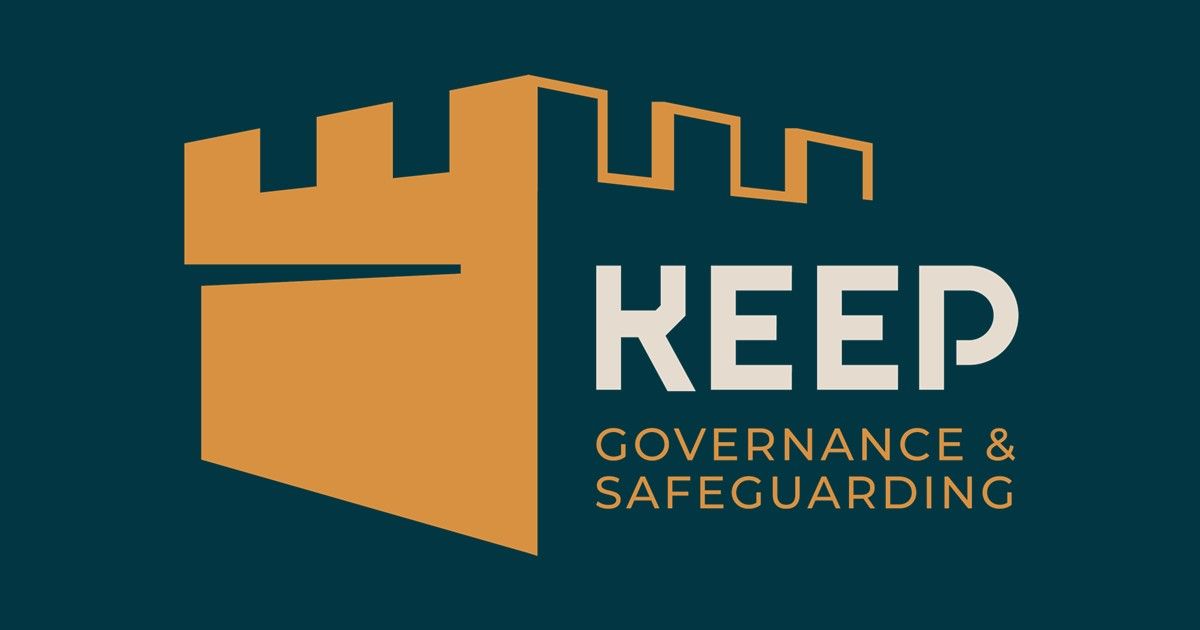Organisational values and the culture change myth
The value of values when building a better culture
I’ve heard many times from senior leaders that culture change is the hardest thing to achieve in an organisation… but I now believe that it’s an excuse for ‘leaders’ who do not want to take responsibility for the fundamentals.
A commitment to safeguarding, woven through your organisation’s identity is a vital component in ensuring everyone understands that in all their work, they should promote the safety and welfare of customers and beneficiaries, staff and volunteers. The visual expression of your organisational identity is a set of values which governs the way people work. Since the explosion of the use of values in organisations around the millennium, they have had a bumpy ride, often because they have been imposed without authenticity, or have been treated as buzzwords which employees have had reason to be sceptical about.
Simon Sinek, in his book Start With Why, tells us that the buzzwords which are often used cannot be organisational values as they have limited impact. Using the example of “integrity” which sounds like a great value for an organisation to have, Sinek reminds us that most people think it is a good thing, but their measure of it will be subjective and difficult to apply objectively to their work. Instead of “integrity” a more effective value will be “Always do the right thing”. The alternative approach, which is also valid, is to have individual words which are each explained in a short supporting statement.
When working with organisations who are committed to improving safeguarding and governance practice in their work, I sometimes get involved in the (re)development of their organisational values. What’s important here is not always that there is a specific value which talks about safeguarding, but that the values align to and reinforce a culture which is focused on safeguarding the people it works with. The values reinforce the message that safeguarding is everyone’s responsibility.
When the values support this culture, everyone involved in the work of the organisation can understand why safeguarding is valuable to the organisation. In such cases, good safeguarding practice always aligns with the organisation’s culture, while practice that falls below a high standard can be challenged.
Values that promote safeguarding within your culture might look like:
- We are always ambitious, wanting the best for our company, our staff and our customers.
- Expect the best, for everyone, all the time
- Care genuinely: before, during and after sale
Once this is in place and you start to talk about safeguarding specifically, you train staff, promote reporting processes, or put information around your website, promotional materials and physical spaces, your staff know that it’s not a passing fad or a tick box exercise, but it is the genuine shaping of your organisation’s culture. Staff begin to see authenticity and have a reason to buy-in to the new culture.
It also impacts the way staff and beneficiaries interpret the actions of senior leaders. Culture is changed and established when senior leaders consistently display the organisational values within their work and interactions. And this tells us where cultural change can be hard. If senior leaders don’t demonstrate the culture they are promoting, there will be resistance from everyone in the organisation. But when staff at all levels are treated by their management in line with the organisational values, they begin to adopt the culture, and culture change begins. Yes, it will almost certainly take time, but if leaders are truly committed to implementing a better culture and this impacts their work, change will happen.
And this has benefits beyond safeguarding. By including an organisational value, or values, that promote safeguarding within your culture you can also hang other key priorities from it such as staff mental health and wellbeing, domestic abuse prevention activities, and tackling discrimination within the organisation.
At Keep Safeguarding we love working with organisations focussed on improving their safeguarding frameworks. Visit our Empowering Boards and Board level safeguarding leads page or give as a call if you are interested in finding out how we can help you.




